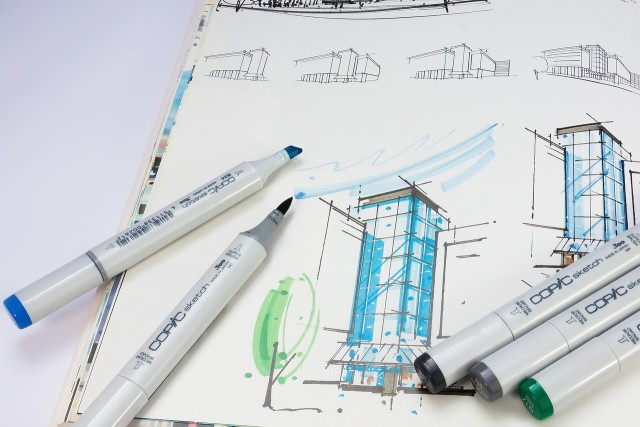3 Building Code Tests Explained
Constructing a building is no easy task. Not only are there design, maintenance, and functionality logistics to be aware of, but safety is most certainly a top concern. To ensure a building’s safety and durability, architects are tasked with designing a structure that meets the minimum safety and structural standards as dictated by local building codes. This means that the intended plan and design should incorporate approved structural specifications and building materials.
Building materials like windows, doors, and water resistant barriers are typically assessed by a third party in a simulated environment to determine how well they hold up to building code standards. Although mock-up assemblies are used to make these evaluations, building codes and materials tests provide a baseline for how a completed structure should perform in real world, real weather situations.
To dig a little deeper into how structures are evaluated, let’s take a look at three standard code tests:
NFPA 285
NFPA 285 is a fire test that evaluates the suitability of exterior load bearing walls and panels. Conducted on a wall assembly, this test is used to identify combustible components in non-combustible walls. For the purposes of this test, combustible components include foam plastic insulation, combustible claddings, as well as air and water-resistant barriers.
In general, NFPA 285 testing aims to determine whether the wall covering or panel in question can resist:
- Flame propagation over the surface of the wall covering
- Vertical flame propagation inside the panel’s combustible core or components
- Flame propagation over the interior surface between stories
- Lateral flame propagation between adjacent compartments
During NFPA 285 testing, laboratory personnel make observations while recording temperature data. A successful test is one that indicates that:
- Flames do not reach the second story
- Flames do not extend beyond 10 ft. above a window top
- Flames do not extend outward beyond 5 ft. from the window’s centerline
- Thermocouples, or temperature sensors, inside the wall assembly do not exceed 1000 degrees Fahrenheit
ASTM E330 – Structural Testing
Many building codes mandate that windows, doors, skylights, and curtain walls undergo ASTM E330 testing, which employs static air pressure to evaluate structural performance. During this test, static air pressure is applied uniformly to the material to resemble the effects of a wind load on an exterior structure. To create the required air pressure differential, air is applied to and evacuated from the test chamber to determine whether the material becomes distressed or fails completely.
The test is applicable to curtain wall assemblies that include metal, glass, masonry, and stone components. Keep in mind that the ASTM E330 is reserved only for testing the performance of specific materials; the supporting assembly is not tested alongside these materials.
Hurricane Testing
Hurricane tests help determine overall stability in a hurricane-like setting, and whether parts of a structure (like its windows) can withstand severe weather conditions. There are three major areas of concern when a hurricane test is underway: missile impact, cycling, and water resistance. Here’s a brief look at all three:
- Missile Impact Resistance. This refers to the strength of glass windows and doors. Glass should be able to withstand high velocity impact (around 35 mph) from wind-borne debris that’s typical during a hurricane.
- Cycling. Cycling is the process of testing glass strength after initial impact. Once the impact has occurred, glass is cycled inward and outward thousands of times until breakdown occurs. Breakdown should only happen within a specific, pre-determined range.
- Water Resistance. In a simulated hurricane, water and wind pressure are applied to windows at a rate that’s required by the test standard. Water is sprayed on uniformly, then pulsating pressure is applied to the structure. The test consists of about 300 cycles that last approximately two seconds each. All in all, the test takes about ten minutes.
Aside from promoting the building of safe and durable structures, standardized tests like these also provide a level playing field for everyone involved the process. As long as code compliance remains a priority, each decision-maker who comes into play during a building’s life cycle can rely on the safety of the initial construction. Simply put, building code compliance provides designers, architects, and communities with the kind of safety assurance that simply can’t be achieved by cutting corners during construction.
To learn more about building codes and testing protocols, you can reach out to the International Code Council.

